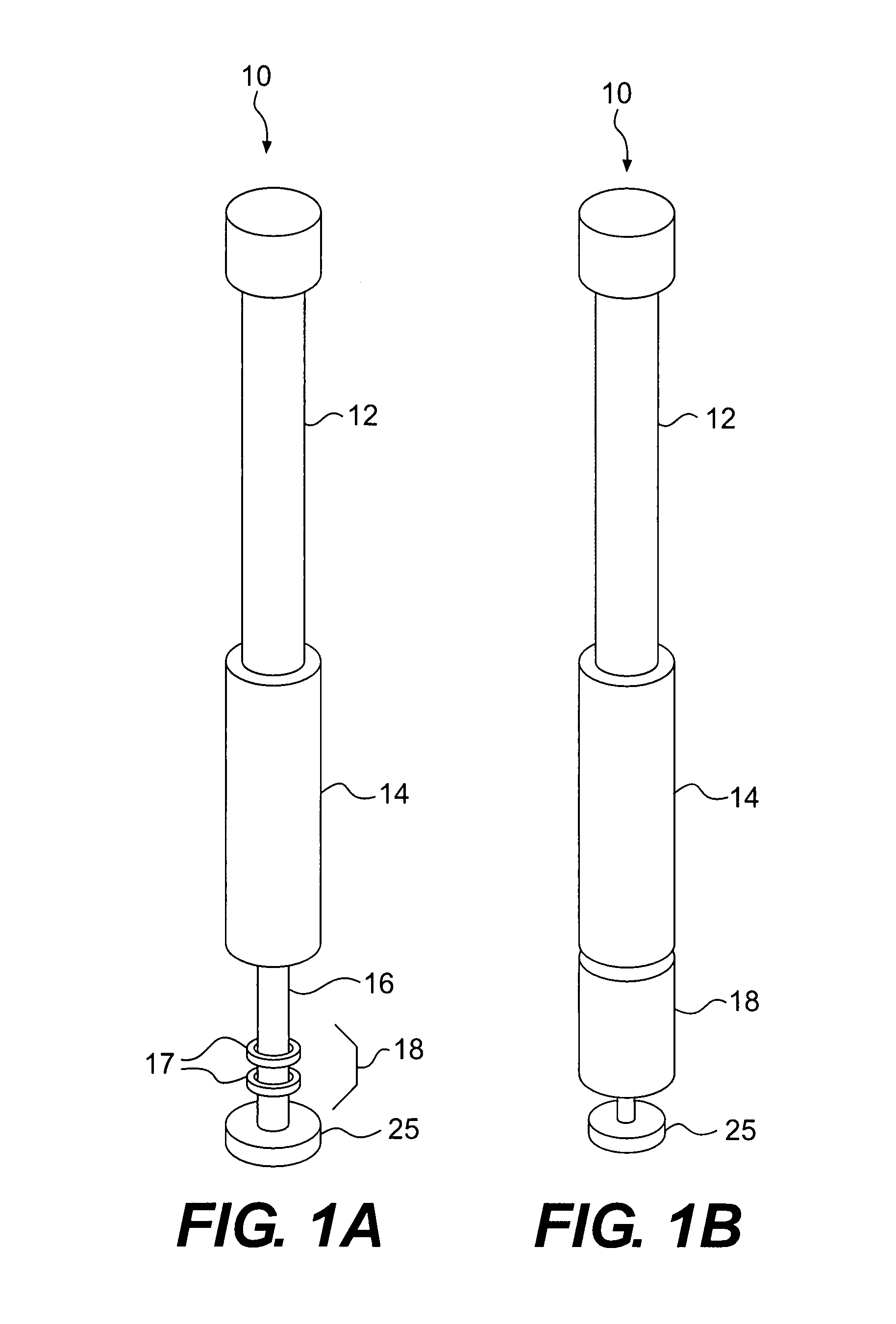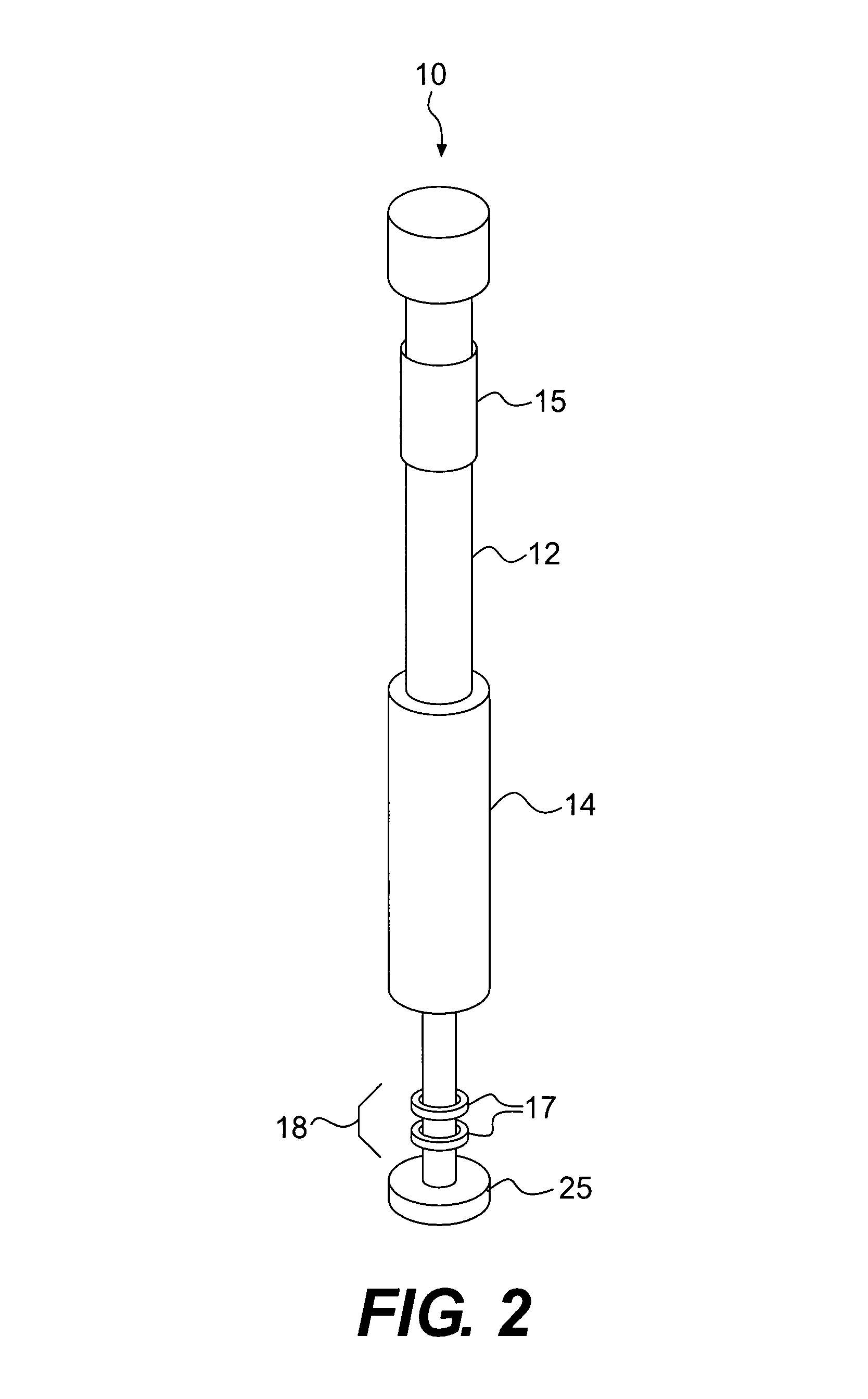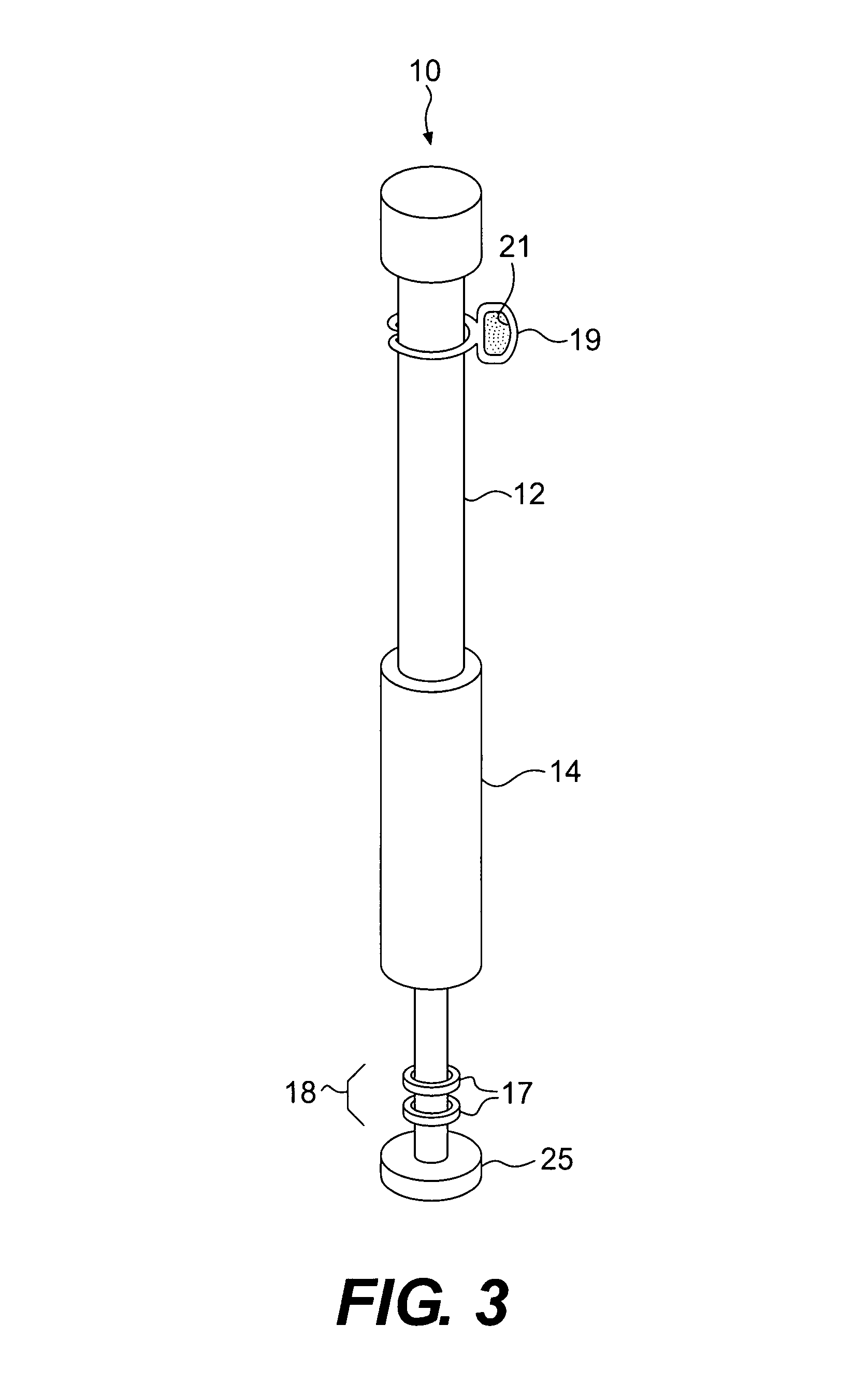Method for stimulating saliva production during oral sample collection procedure
a saliva production and oral sample technology, applied in the field of diagnostic tests, can solve the problems of complex ability to collect and analyze oral samples such as saliva for diagnostic purposes, incur additional steps, and complex collection and analysis of oral samples for diagnostic purposes, and achieve the effect of rapid saliva production and safe and effectiv
- Summary
- Abstract
- Description
- Claims
- Application Information
AI Technical Summary
Benefits of technology
Problems solved by technology
Method used
Image
Examples
Embodiment Construction
[0026]Proceeding next to the drawings wherein like reference symbols indicate the same parts throughout the various views, the present invention including exemplary embodiments and modifications thereof, will be described in detail.
[0027]In accordance with the present invention, the objects of the present invention are achieved and the disadvantages of the prior art are eliminated by the method and device according to the present invention whereby a scent or odor capable of stimulating saliva production is incorporated in a suitable collection device for obtaining a saliva sample from a test subject and using that saliva sample in an immunoassay in order to determine the presence of the level of an analyte such as a drug of abuse in the sample. As will be described further below, this may be done in a variety of ways, such as the application of a scent-containing adhesive to a wand used in obtaining the oral sample, the impregnation of a scent or odor into the plastic material used ...
PUM
| Property | Measurement | Unit |
|---|---|---|
| hydrophilic | aaaaa | aaaaa |
| durable | aaaaa | aaaaa |
| adhesive | aaaaa | aaaaa |
Abstract
Description
Claims
Application Information
 Login to View More
Login to View More - R&D
- Intellectual Property
- Life Sciences
- Materials
- Tech Scout
- Unparalleled Data Quality
- Higher Quality Content
- 60% Fewer Hallucinations
Browse by: Latest US Patents, China's latest patents, Technical Efficacy Thesaurus, Application Domain, Technology Topic, Popular Technical Reports.
© 2025 PatSnap. All rights reserved.Legal|Privacy policy|Modern Slavery Act Transparency Statement|Sitemap|About US| Contact US: help@patsnap.com



